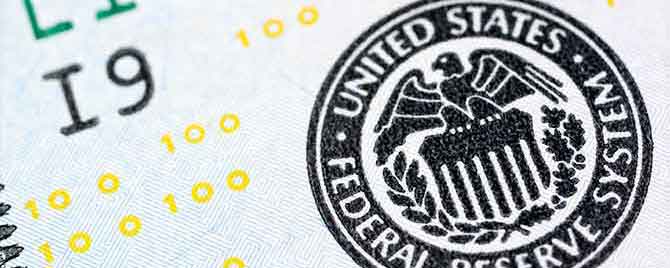More recent information is available. Visit our September 2019 video about the Fed’s balance sheet.
Federal Reserve policy actions have increased the size of the Fed’s balance sheet to about $4.5 trillion. But what exactly is the Fed’s balance sheet? Here’s the answer from Glenn Rudebusch, director of SF Fed Economic Research:
“Almost everybody has a balance sheet. Government institutions, commercial businesses, individuals—they all have a balance sheet. A balance sheet is just an accounting of assets and liabilities.
The assets are the things you own. The liabilities are the things you owe. The difference between them is your net worth or capital.
The Fed has a balance sheet, and its assets side is pretty simple. The Fed owns government securities. The size of the Fed’s balance sheet right now is about $4.5 trillion. About 95% of its assets are in government securities, and shorter and longer term Treasury obligations and mortgage-backed securities from the federally sponsored enterprises or agency.
The liability side’s a little different. The Fed has currency, primarily, or money, on the liability side. Usually, you think of currency as an asset. You usually think of, ‘Oh, currency? That’s a good thing to have.’ Well, that currency says ‘Federal Reserve Note.’ That’s actually an obligation of the Federal Reserve, and it’s a liability.
Currency, or cash or money, represents the bulk of the Fed’s liabilities. That might be physical, the kind of currency we see, or this money might be in electronic form.
Banks have checking accounts with the Fed, and they’ve got so-called reserves. Those reserves are essentially electronic money that they can use to buy things. The Fed creates those reserves as well, and that’s the electronic version of money.”
For the history of the Fed’s balance sheet, and information about quantitative easing and expectations for re-normalization, listen to The Fed’s Balance Sheet, a podcast from the SF Fed’s 2015 annual report, What We’ve Learned…and why it matters.
You may also want to read:
The views expressed here do not necessarily reflect the views of the management of the Federal Reserve Bank of San Francisco or of the Board of Governors of the Federal Reserve System.
